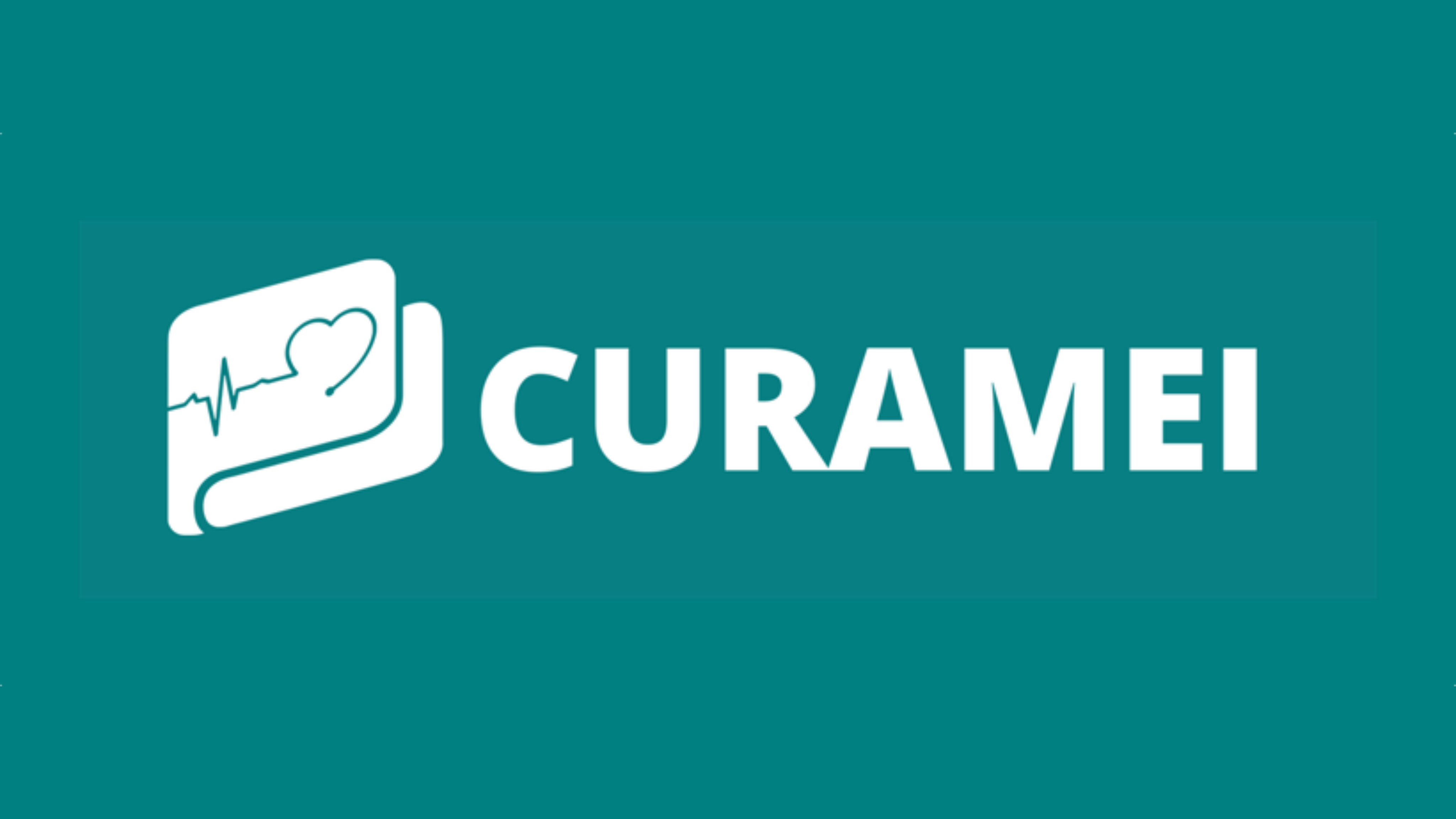Curamei

Healthcare providers in rural/medically underserved areas will use Curamei to slash administrative costs of chart review and reporting.
Areas of Interest:
Curamei best aligns with the lifelong health and well-being research pillar.
Large swaths of the US are classified by the Health Services Resources and Services Administration (HRSA) as medically underserved. These include rural and other socioeconomically disadvantaged communities where clinical staffing shortages were common even before COVID.
A tightening labor market and clinician burnout driven by the COVID-19 pandemic have led to greater strain on healthcare providers in these regions.
Many organizations further rely on donations and grant funding, whether it be federally-qualified health centers (FQHCs) and rural health clinics (RHCs) reporting to the federal government or charitable care organizations working with non-profits like the Americares.
The electronic health record (EHR) market offers expensive options for reporting tools while EHR is also notoriously difficult to use for clinical chart review and documentation. Investment required to adopt EHR and train staff means that many clinics either cannot train staff to truly leverage reporting tools or simply work with paper records and Microsoft Excel spreadsheets.
Curamei is a low-cost option for these clinics to connect to existing clinical workflows which are disconnected from each other – from patient intake and referral forms on paper forms to prior encounters and vital signs in EHR.
Connected to these fragmented data sources, the platform offers a single location to allow clinical administrators to building reporting tools for driving grant/donor revenue while offering clinicians generated summaries of patient history in seconds as opposed to the time it takes to look through filing cabinets and different software.
The end-result is better care delivery for the patients seeing these providers, who are granted the freedom to invest more resources in better continuity of care and social determinants of health interventions given easier access to past records of social and medical history.
Team Members:
- Aditya Singh
Project Video:



